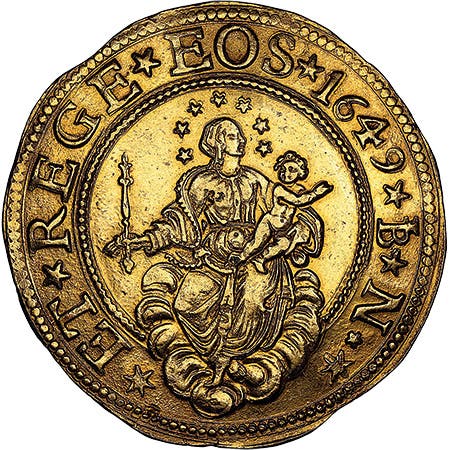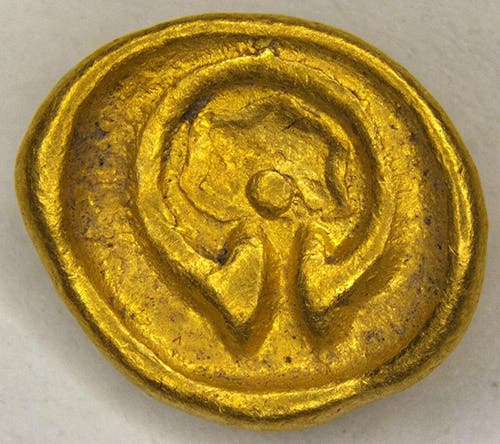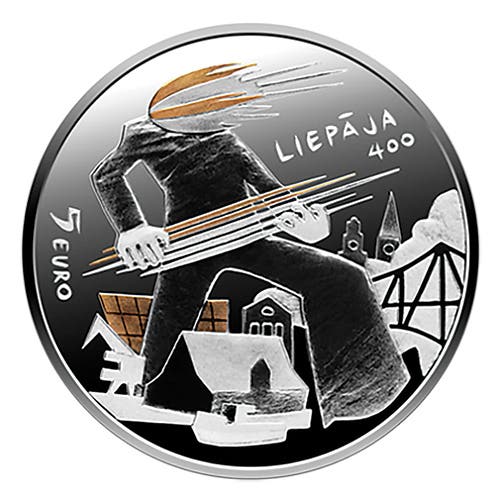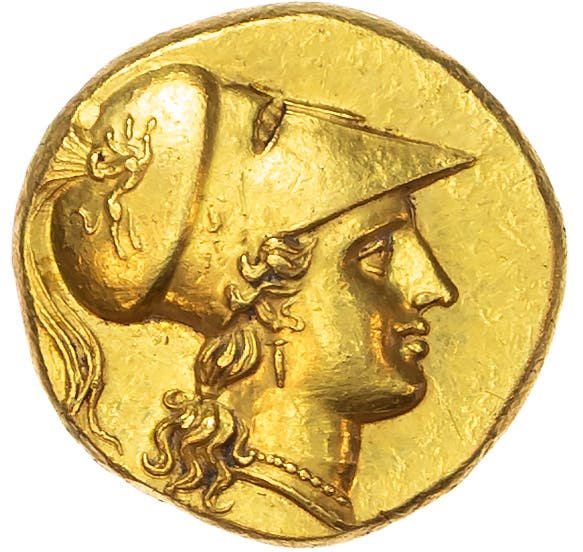First Traveller Collection Auction Sells for Millions
A legendary 1839 “Una & the Lion” coin, once buried in a garden to escape Nazi looting, just sold for over $1.18 million.
When an anonymous collector purchased an 1839 “Una & the Lion” £5 pattern coin sometime in the 1930s, he paid a modern-day equivalent of a little over $1,000. Fast forward to May 20, at the Numismatica Ars Classica auction, where the same coin was sold for $1,188,330. How did a coin once purchased for a modest sum become such a high earner? It’s all about the details.
The “Una & the Lion” coin was designed by William Wyon to commemorate Queen Victoria’s 1839 coronation and, perhaps, to make a political statement. The young queen stars on the coin as a figurative take of the character Una from Edmund Spenser’s epic poem, “The Faerie Queene.” In the poem, Una is an allegory for the concept of truth, Queen Elizabeth, and the Protestant Church. Una fights and defeats Duessa in a trial, a character who represents the “false” church (Mary Queen of Scots/Catholic Church). The lion on the coin is the same character in the poem named Redcrosse Knight, Una’s companion, whose form Spenser uses to portray England.
Aside from its symbolism, the coin is renowned for its captivating design and is often regarded as one of the most beautiful coins ever produced. According to Numismatica Ars Classica research, this example is one of the few known prototypes for this design, as evidenced by its plain edge that lacks lettering or shapes.
Although this coin would wow at any auction, what also adds to its attractiveness for collectors is its provenance. Since its purchase, it has been a member of what would become the Traveller Collection, a prestigious and diverse assortment of over 15,000 rare and well-preserved coins and medals gathered from Europe and the United States. The collection was created by an unnamed European collector who purchased coins during a long period of traveling following the Wall Street Crash of 1929. Upon the arrival of the Nazi invasion in the collector’s country, he buried the coins in cigar boxes in his garden to prevent them from being looted. He died shortly after the invasion, and only his wife knew the location, which she revealed after 50 years.
Now, through a partnership with Numismatica Ars Classica and David Guest Numismatics, the collection will be sold in a three-year series. The first installment was the May 20 event, which sold 220 British coins.
Taking place at the Hotel Bar Au Lac in Zürich, where the collector often stayed while building his collection in the 1930s, the auction saw incredibly high bids from collectors both local and afar, totaling over $7.6 million in sales. It is very possible that the next event, an auction of Central European coins in Zürich in November 2025, will receive a similar response.
You may also like:









